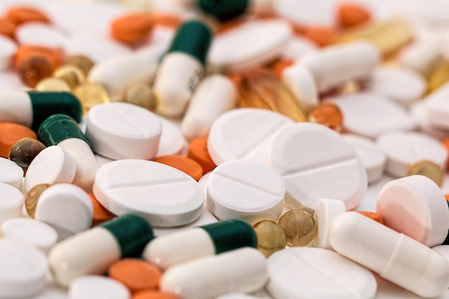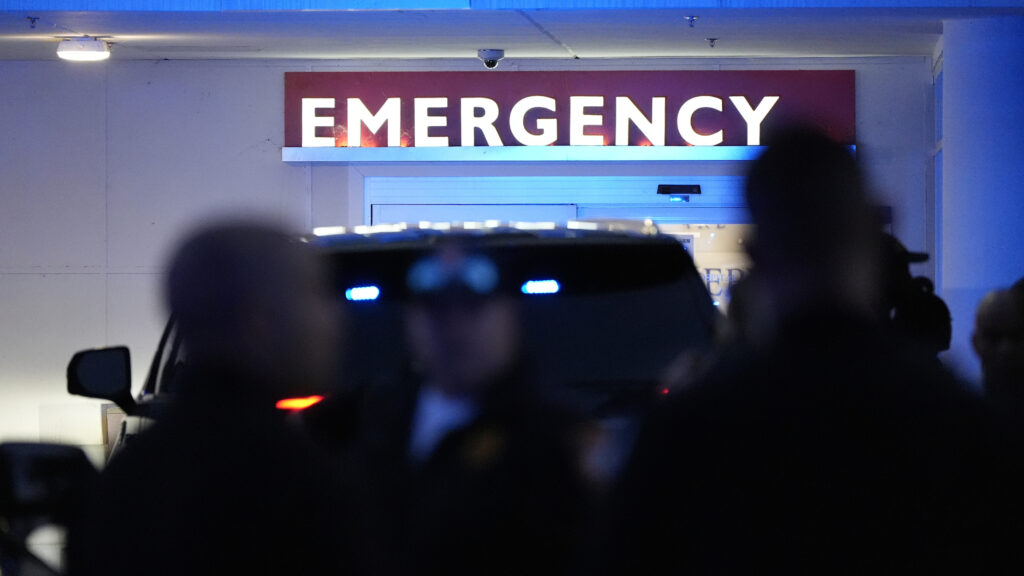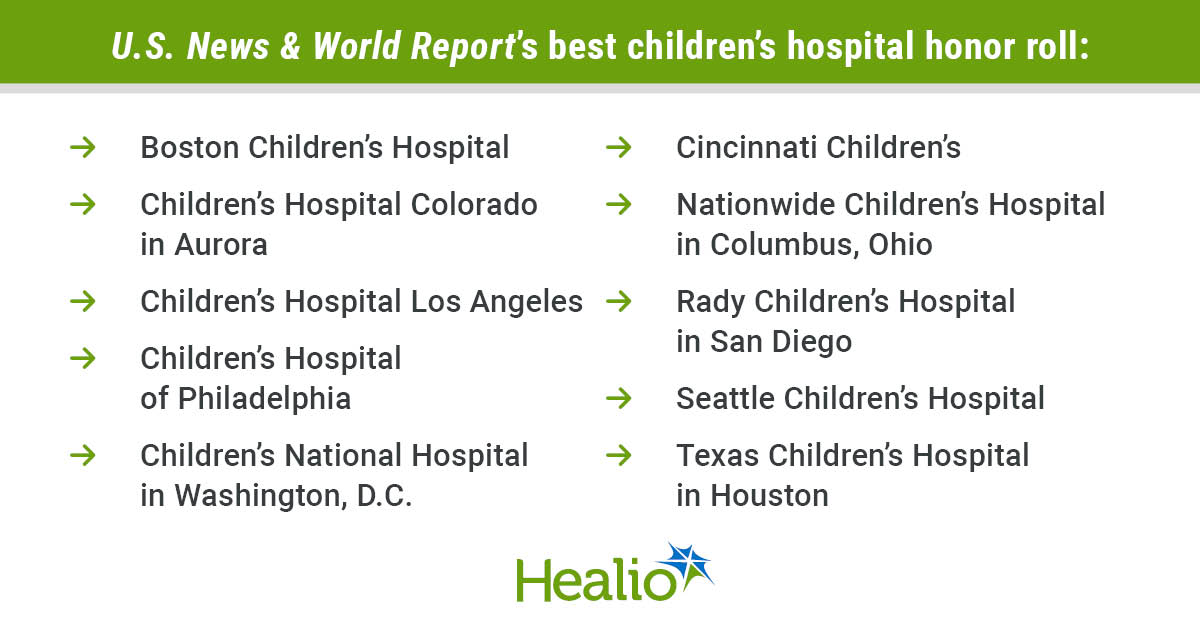Over the past decade, pharmaceutical companies have released carefully curated “price transparency” reports that make it appear the prices of their medicines are barely increasing — or even going down.
But the reports disclose no pricing information about specific drugs, manipulating the reality of how much Americans spend on prescription drugs.
If anything, experts say, the documents have served as political talking points for drug manufacturers that seek to pile blame elsewhere for the country’s outlier prices compared to other wealthy nations. They also say the reports distract from the industry’s universal opposition to full, mandated price transparency on prescription drugs, which the Trump administration is currently considering.
“These reports are essentially part of a larger strategy by the industry to blame high drug prices on pharmacy benefit managers and hospitals and avoid any role that they play in setting high drug prices,” said Ben Rome, a primary care doctor and researcher at Harvard Medical School and Brigham and Women’s Hospital.
Johnson & Johnson unveiled its latest drug pricing report in July. J&J is one of 10 companies to release a transparency report on 2024 drug prices, according to a list maintained by Brian Reid, a public relations consultant for drug companies.
The cascade of reports coincides with President Trump’s first term in 2017, when he said pharmaceutical companies were “getting away with murder.” Drug companies were eager to shift the target for the country’s high drug prices, and have primarily pointed the finger at pharmacy benefit managers and hospitals.
By 2019, the world’s largest drugmakers were putting out annual reports that detailed average changes in the list prices and net prices across all of their medicines. Similar to the hospital industry, list prices are the artificially inflated amounts drug companies charge, and net prices are what they actually get after negotiations with PBMs.
But the pricing data within the reports have several flaws. The data are rarely weighted, meaning drugs that bring in more revenue and potentially offer minimal discounts are compared equally to drugs that bring in less revenue and offer bigger discounts. Companies also don’t break down price swings for each drug, in effect keeping the most pertinent data on net prices and rebates behind their proprietary walls.
“I find them not so useful,” Sean Sullivan, a health economist and professor of pharmacy at the University of Washington, said of the reports. “They don’t tell you anything about their individual products.”
J&J’s latest report said 58% of its gross sales went to other health care entities in the form of rebates, discounts, and other fees. This equated to $48 billion going toward “insurers, pharmacy benefit managers, hospitals, government programs, and other health care entities,” according to the report.
However, those other entities do not retain all of that money. The PBM industry, dominated by just three companies, is rife with conflicts of interest and rent-seeking schemes around rebates. But PBMs still send a vast majority of rebates and concessions to the insurers, employers, and government programs that hire them — money that is then funneled into holding down the costs of insurance premiums.
J&J said the net price across all of its drugs increased by 0.5% in 2024, but did not disclose how much it raised list prices on average. This aggregated figure makes it appear as if J&J is treading water. But the report provides no context about the competition surrounding the company’s individual drugs and conceals how much a drug’s price has increased over time.
For example, J&J has a handful of brand-name drugs — such as Remicade and Stelara, which made up 20% of its drug revenues last year — that have lost patent protection and are up against cheaper biosimilars. Drugs that face that kind of competition often have to offer bigger rebates to stay on the approved lists of drugs maintained by PBMs. Even if net prices are going down in a given year, the drugs still may be a lot more expensive than when they were first rolled out.
“I think it’s a little disingenuous to say, ‘We’re losing all this money, we’re paying all these actors,’ when in fact they’re the ones who’re setting the list price,” Sullivan said.
J&J did not provide the list prices, net prices, or rebate information for the company’s individual drugs. A J&J spokesperson did not make anyone available for an interview or provide a statement.
Pharmaceutical companies’ commitment to price transparency is facing a test right now, and it appears they’d prefer to keep the most valuable information in a black box. Drugmakers are trying to water down regulations that would force actual drug prices to be published publicly, highlighting how they don’t want to be held to the same standards that already exist for hospitals.
Trump signed an executive order in February that would force employers and insurers to disclose the actual prices for all prescription drugs after years of delays and lawsuits kept the policy at bay. In June, the Trump administration asked health care companies how, and what, they should report in the drug machine-readable files.
PhRMA, the main lobbying group for drugmakers, pushed for more reporting requirements on insurers and PBMs — without disclosing net prices for all drugs individually. PhRMA said rebates and pricing data should only be reported from “the plan-level,” according to a letter sent to Trump administration officials.
The Pharmaceutical Care Management Association, which represents PBMs, similarly told the Trump administration in its own letter that rebates should “not be broken out and separately reported.”










